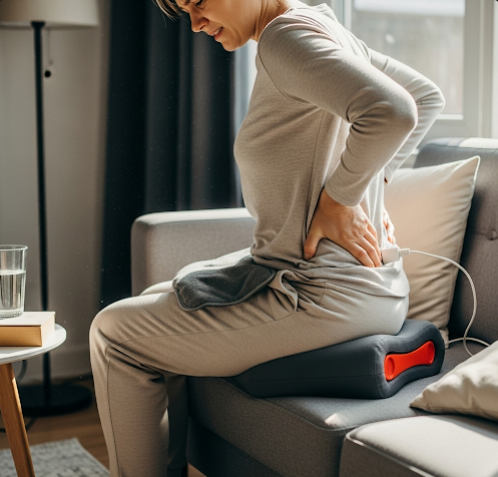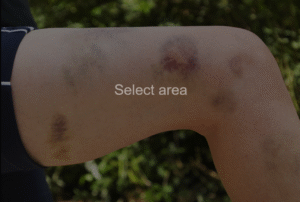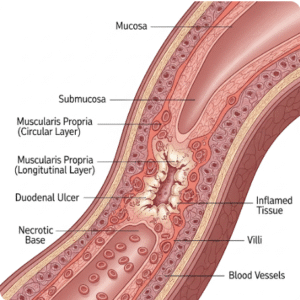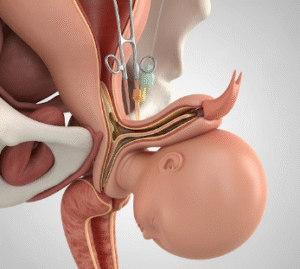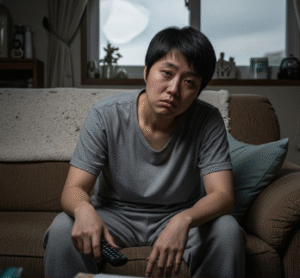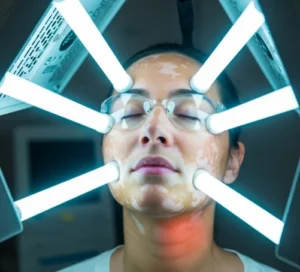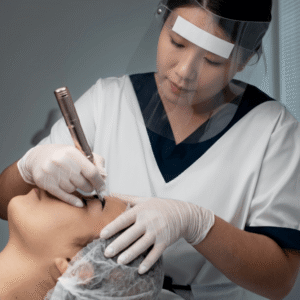Overview
Tailbone pain, medically known as coccydynia, refers to discomfort or pain in the coccyx, the small bony structure at the very bottom of the spine. Though often overlooked, this condition can cause significant distress, making sitting, standing, or certain movements uncomfortable. Tailbone pain can arise from trauma, repetitive strain, or degenerative changes. In Korea, with increased awareness of musculoskeletal health, advanced diagnostic tools and treatment options are available for effective management of coccydynia, providing relief and improving quality of life.
What is Tailbone Pain?
Tailbone pain or coccydynia is pain localized at the coccyx, which is the terminal portion of the vertebral column made up of three to five fused vertebrae. The coccyx serves as an attachment site for various muscles, ligaments, and tendons and supports sitting balance. Pain in this area can be acute or chronic and typically worsens when sitting, rising from a seated position, or during bowel movements. Coccydynia can significantly impair daily activities if untreated.
Symptoms
The primary symptom of tailbone pain includes:
- Localized pain and tenderness at the base of the spine, just above the anus
- Pain that worsens with prolonged sitting or pressure on the area
- Discomfort when standing up from sitting or changing positions
- Pain during bowel movements or sexual intercourse in some cases
- Occasionally, swelling or bruising if injury is recent
- Sensation of numbness or tingling in the pelvic area (rare)
Symptoms may be mild or severe, often chronic if the underlying cause is persistent.
Causes
Tailbone pain can result from several causes, including:
- Trauma or injury: Falls, direct blows to the coccyx, or childbirth-related trauma are common causes.
- Repetitive strain: Prolonged sitting on hard or narrow surfaces, cycling, or rowing.
- Degenerative joint changes: Osteoarthritis or inflammation of the coccygeal joints.
- Poor posture: Sitting with improper alignment can increase pressure on the coccyx.
- Infections or tumors: Rarely, infections like pilonidal cysts or tumors near the coccyx can cause pain.
- Idiopathic: In some cases, no specific cause can be identified.
Risk Factors
Factors increasing the risk of tailbone pain include:
- Female gender (due to wider pelvis and childbirth)
- Obesity, increasing pressure on the coccyx when sitting
- History of trauma or repeated falls
- Occupations requiring prolonged sitting (e.g., office workers, drivers)
- Poor posture or sedentary lifestyle
- Childbirth-related injuries
Complications
If left untreated, tailbone pain can lead to:
- Chronic pain affecting sitting tolerance and mobility
- Muscle spasms and pelvic floor dysfunction
- Sleep disturbances due to discomfort
- Psychological distress such as anxiety or depression related to chronic pain
- Impaired quality of life and reduced work productivity
Prevention
Preventive strategies include:
- Using cushioned or specially designed coccyx pillows when sitting
- Maintaining good posture and ergonomic seating arrangements
- Taking frequent breaks from prolonged sitting
- Avoiding activities that strain the tailbone
- Maintaining a healthy weight to reduce pressure on the coccyx
- Practicing pelvic floor exercises to support surrounding muscles
Treatment Options in Korea
Korean healthcare provides a variety of effective treatment approaches for tailbone pain, tailored to the underlying cause and severity:
Diagnosis
- Detailed medical history and physical examination focusing on coccyx palpation
- Imaging studies such as X-rays, MRI, or CT scans to detect fractures, dislocations, or tumors
- Dynamic imaging to assess coccyx movement during sitting and standing
Conservative Treatment
- Use of cushioned seats or donut pillows to relieve pressure
- Nonsteroidal anti-inflammatory drugs (NSAIDs) to reduce pain and inflammation
- Physical therapy focusing on pelvic floor muscle relaxation and posture correction
- Warm baths and ice packs to alleviate pain
- Avoiding activities that worsen symptoms
Interventional Therapies
- Local corticosteroid injections for persistent inflammation and pain relief
- Nerve blocks targeting the ganglion impar (nerve cluster near the coccyx)
- Botulinum toxin injections to reduce muscle spasms in refractory cases
Surgical Treatment
- Coccygectomy (surgical removal of the coccyx) is rarely performed and reserved for severe, unresponsive cases after thorough evaluation
Complementary Therapies
- Traditional Korean medicine such as acupuncture and herbal treatments may provide additional pain relief and promote healing
Rehabilitation and Support
- Education on posture, ergonomics, and lifestyle modification
- Ongoing physical therapy for strength and flexibility improvement
- Psychological counseling if chronic pain affects mental health
Top Hospitals in Korea for Tailbone Pain
- Seoul National University Hospital
- Asan Medical Center
- Samsung Medical Center
- Korean Medicine hospitals offering integrative care

